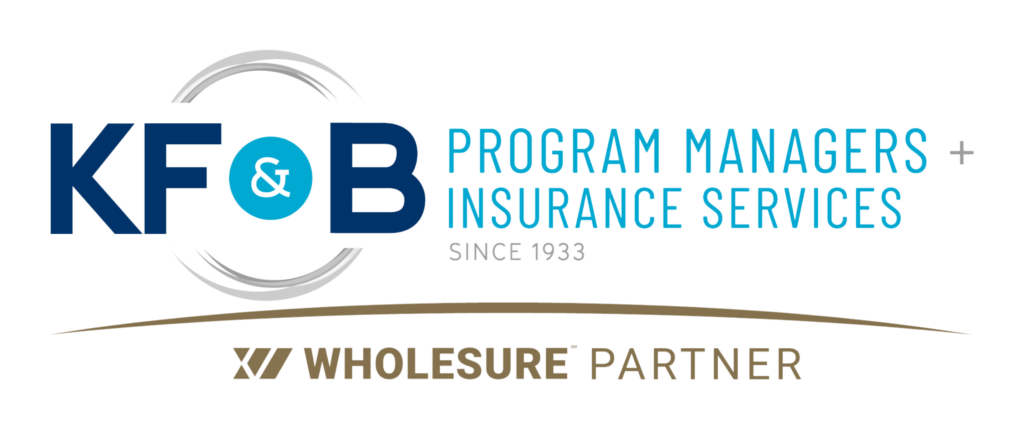Your company which specializes in public transportation has just received a claim from an injured passenger, now what? Each state and city has its own laws and infrastructure surrounding public transportation; however, understanding the next steps after receiving a claim is vital to the state of your company. In this blog, we will discuss what to do in the event of an accident and the next steps you should follow after receiving a claim.
Steps to Take After an Accident
No matter how safe your operations are, accidents are at times unavoidable and bound to occur. In the case of an accident, educating drivers on the steps they should take is essential. If an accident takes place, drivers should:
- Stop! Secure your vehicle and remain calm.
- Activate your emergency flashers and set out warning devices to prevent another accident.
- Determine immediate hazards such as fire, fuel spills, traffic, and the extent of injuries.
- If the vehicle is still driveable, determine if it’s safe to leave it where it is; if not, move to the safest location without leaving the scene.
- Call 911 and report the incident and any injuries.
- If needed, provide first aid to your passengers or people in any other involved vehicle.
- If you have a radio, call your dispatcher and make sure to give the following information:
- Your name and vehicle number
- The exact location of the accident
- License plate #’s of other vehicles involved
- Number of passengers in your vehicle
- Whether or not to request emergency vehicles
By educating drivers on the steps to take after an accident occurs, you can ensure that the necessary legal information is obtained for all parties involved and that everyone remains safe. Although outcomes will differ for each case, there is a possibility of receiving a claim after an accident. Understanding the common carrier law will help clear some of the confusion.
The Common Carrier Law
Any public or private organization that owns and operates public transport vehicles is considered a common carrier. This title applies to taxis, trains, school buses, public buses, airport shuttles, limos, or even cruise ships.
Like many personal injury cases, public transportation injury law is based on negligence. This means that if a driver of a vehicle is determined to be negligent, they can be held liable for any injuries sustained during the transportation process. It also means that if the driver is found to have been sound in mind and action, the common carrier driver cannot be held liable for any injuries arising from the accident.
After an accident takes place, injured passengers are often surprised to find that their personal injury protection (PIP) does not apply for the accident that occurred. PIP coverage allows insured drivers to turn to their own insurance providers for guaranteed coverage of injuries or other damages, as long as the costs fall within the specific plan. However, in the case of common carrier law, PIP is not applicable to injured passengers. In this case, a claim or lawsuit will be filed against the negligent party.
Lifecycle of a Claim
Receiving a personal injury claim is something business owners never want to deal with. However, understanding the lifecycle of a claim makes the whole process a lot easier and can save you a tremendous amount of time.
After receiving a claim from an injured passenger you need to collect all vital information about the incident and submit your claim to your insurance partner by phone, email, or online portal.
Next, you will be contacted within 24 hours to discuss your claim and important details. After this, a team of professionals will review your coverage and determine the necessary steps to take.
Throughout the process, you and your insurance partner will work collaboratively to gather all relevant information surrounding the claim. An appropriate solution will be determined to resolve and close the claim with as little loss as possible, if any.
Get in Contact with Experts in the Field
If you own and operate public transportation vehicles you should contact our team at KF&B Insurance. We understand the complexities of public transportation accidents and claims. Our mission is to help your company save time, money, and energy after a claim has been made. With over a century of experience in public transportation, our knowledgeable team is ready to take care of anything thrown your way. For more information on our services, please contact us today to schedule an appointment.




